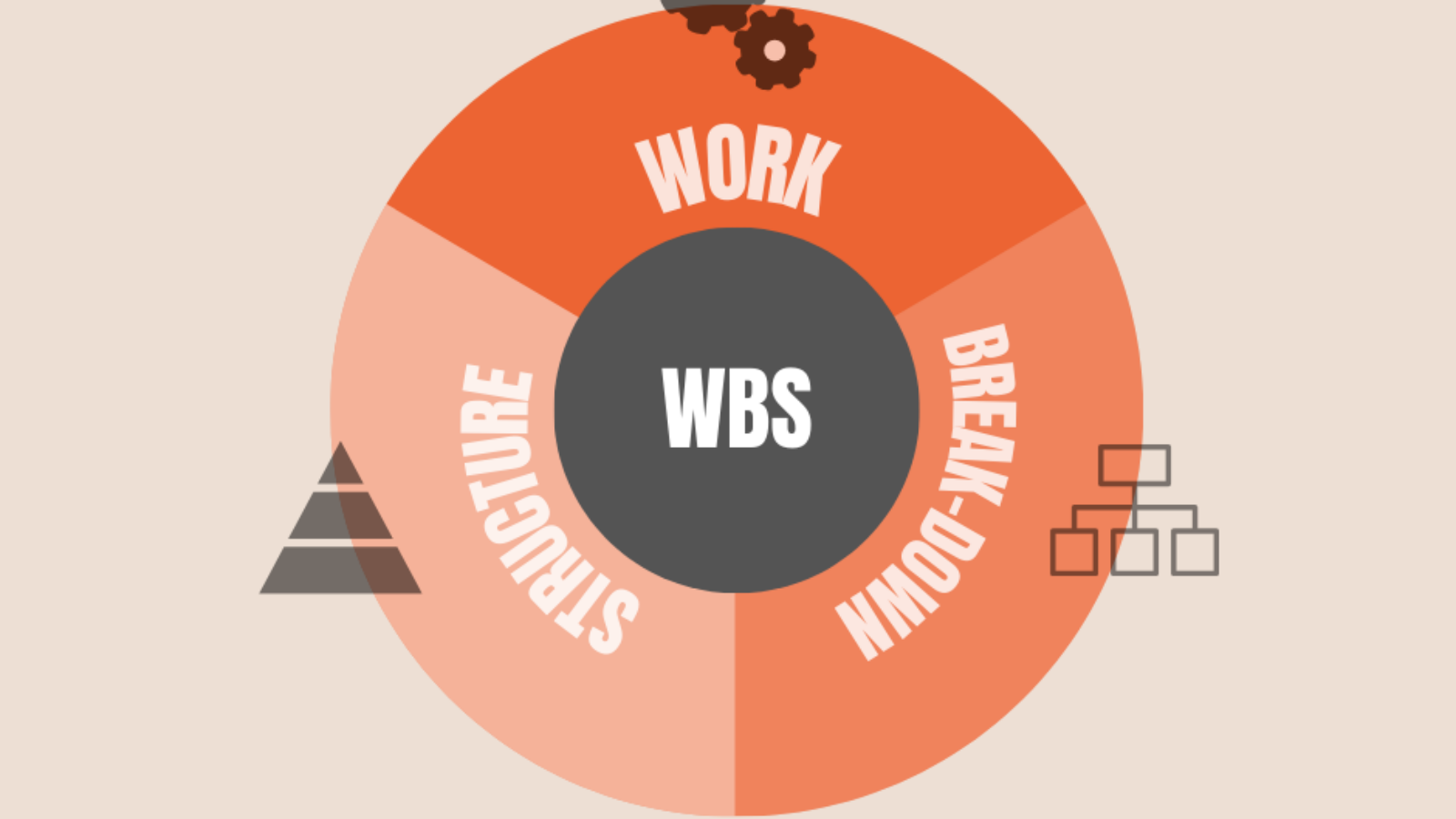Work break-down structure, In simple words, it is a visual representation of the answer to the question, “what needs to be done?”. In a broader sense,WBS can also be understood as a document that effectively communicates tasks and project deliverables among concerned stakeholders. Effective project planning is the cornerstone of successful project execution. This technique allows project managers to break down a project into smaller, more manageable components, ensuring clarity and control throughout the project’s lifecycle. In this article we will be discussing the following:
Table of contents:
- Understanding WBS
- The Advantages of Implementing a WBS
- Step-by-Step Guide to Crafting a WBS
- Exploring Different WBS Structures
What is a Work Breakdown Structure (WBS)?
A Work Breakdown Structure (WBS) is a hierarchical decomposition of a project’s scope into smaller tasks. It provides a clear roadmap of what needs to be accomplished, making it easier to track progress and identify potential issues. The WBS breaks down the project scope into work packages, which are the smallest units of work that can be assigned and tracked.
Benefits of Using WBS
Enhanced Project Clarity: By breaking down the project into smaller components, the WBS provides a clear and comprehensive view of the project’s scope. This clarity helps in better understanding and communication among team members.
Improved Planning and Scheduling: WBS allows for more accurate planning and scheduling. With clearly defined tasks and milestones, it’s easier to allocate resources, estimate timeframes, and set realistic deadlines.
Better Risk Management: Dividing the project into smaller parts makes identifying potential risks more manageable. Analyze each work package for potential risks, and develop mitigation strategies accordingly.
Efficient Resource Allocation: With a detailed breakdown of tasks, resource allocation becomes more efficient. Managers can assign the right resources to the right tasks, ensuring optimal utilization of skills and expertise.
Streamlined Communication: A well-structured WBS facilitates better communication among stakeholders. Everyone involved in the project can see the big picture and understand their specific roles and responsibilities.
Steps to Create a WBS
Creating a WBS involves several key steps:
Define the Project Scope: Start by clearly defining the project scope. Understand the project’s objectives, deliverables, and requirements. This foundational step is crucial for creating an effective WBS.
Identify Major Deliverables: Break down the project into major deliverables or phases. These high-level components represent the primary outputs of the project.
Decompose Deliverables into Smaller Components: Further break down each major deliverable into smaller, more manageable components. Continue this process until you reach the level of work packages.
Assign Unique Identifiers: Assign unique identifiers to each work package. This helps in tracking and managing tasks throughout the project. These unique identifiers, also known as “code of accounts,”.
Validate the WBS: Review the WBS with your team and stakeholders to ensure completeness and accuracy. Make necessary adjustments based on feedback.
Types of WBS:
There are various types of WBS, each suited to different kinds of projects and management approaches. Here are some common types:
Deliverable-Based WBS
This type focuses on the deliverables or outputs of the project. The structure breaks down the final product or service into its components.
Phase-Based WBS
This type organizes around the phases or stages of the project lifecycle. Each phase is a major section of the WBS, broken down into tasks and activities within that phase.
Conclusion:
A Work Breakdown Structure (WBS) is a powerful tool for breaking down your project scope into manageable parts, enhancing planning, resource allocation, and risk management. By following the steps outlined in this blog, you can create a WBS that provides clarity and control over your project, leading to successful project execution. Embrace the WBS methodology and transform your project planning process today.


Add a Comment